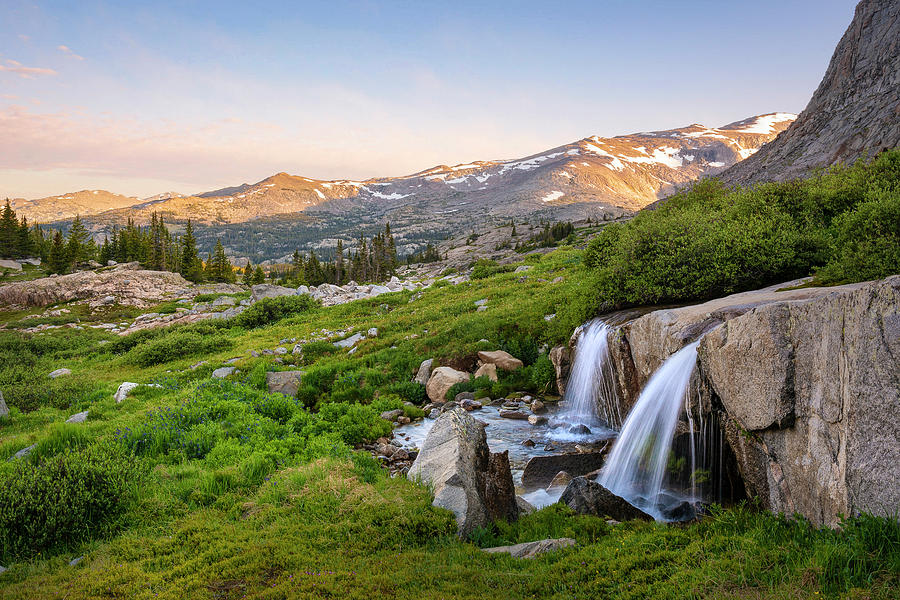

Finally, in 1975 the Beartooths were protected as part of the Absaroka–Beartooth Wilderness. Environmental advocates continued to push for the area's preservation in order to defend the northern borders of Yellowstone National Park from development. Members of the expedition debated whether the mountains ought to be a wilderness area or a national park, but they reached no consensus and never made a formal proposal. During the summer of 1960, The Wilderness Society organized an expedition into the Beartooths for Forest Service and National Park Service officials. In 1939, the director of the National Park Service drafted a presidential proclamation outlining the boundaries of a "Beartooth National Monument," but President Franklin D. The Beartooth Mountains have been considered for inclusion in the national park system. In 1996 the federal government paid Crown Butte Mines $65 million to defray costs they had already paid they had to pay $22.5 million to help repair the damage done to the surrounding environment. Once they began preparations for starting new mining operations, they came under public scrutiny based on the proximity to Yellowstone National Park and public fears that waste would find its way into the park. In 1989 Crown Butte Mines proposed massive additions to operations in the area. Over time many of the mines ceased operations due to lack of funds or collapses that were not financially viable to correct.

One of the main limiting factors was the remoteness. Between 1900-1955 the district has produced over 65,000 ozt (2,000 kg) of gold, 500,000 ozt (16,000 kg) of silver, and amounts of copper, zinc, and lead ore.

As growth continued there were six companies that had stakes in the New World Mining District. Expansion continued adding more infrastructure for the mines. While gold had been discovered earlier in the mountain range, the major expansion of mining began in 1882. Though trappers entered the region in the 1830s, formal exploration by the U.S. The Crow tribe of Native Americans used the valleys of the mountains for hunting game animals and for winter shelter from the harsh winds of the plains.

The remoteness of the region contributed to its obscurity until the 1870s. The Beartooth Mountains sit upon the larger Beartooth Plateau. The name of the mountain range is attributed to a rugged peak found in the range, Beartooth Peak, that has the appearance of a bear's tooth. 212) with the highest elevation at Beartooth Pass 10,947 ft (3,337 m)). The mountains are traversed by road via the Beartooth Highway (U.S. The mountains are just northeast of Yellowstone National Park and are part of the Greater Yellowstone Ecosystem. The Beartooths are the location of Granite Peak, which at 12,807 feet (3,904 m) is the highest point in the state of Montana. and are part of the 944,000 acres (382,000 ha) Absaroka-Beartooth Wilderness, within Custer, Gallatin and Shoshone National Forests. The Beartooth Mountains are located in south central Montana and northwest Wyoming, U.S. Location in the United States Show map of the United States


 0 kommentar(er)
0 kommentar(er)
